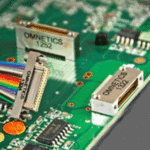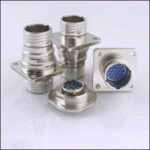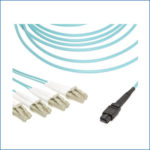
How to Specify Nano-D Connectors
Ideal for small, rugged applications such as non-industrial robotics, here are some tips for how to specify nano-D connectors. Nano-D connectors are often designed for use in small, rugged robotic applications beyond industrial environments. Within these applications, the emphasis on a smaller and lighter form factor intensifies. A key consideration is whether you can useRead More












